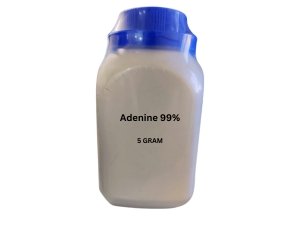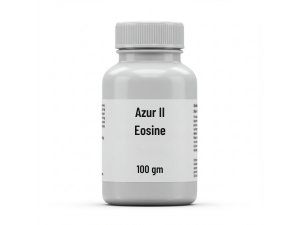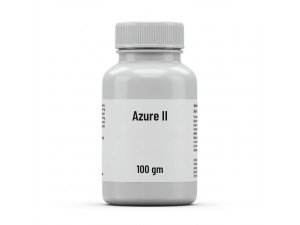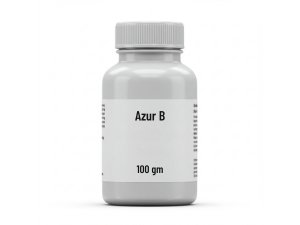p-Anisidine 99%
₹0.00 – ₹2,750.00
p-Anisidine (also known as 4-methoxyaniline) is an organic compound used primarily as an intermediate in the production of dyes and pharmaceuticals, and also as a reagent for detecting aldehydes and ketones in fats and oils. It is a substituted aniline, where a methoxy group replaces a hydrogen atom.
p-Anisidine, also known as 4-methoxyaniline, is an organic compound. It's a substituted aniline, meaning it's derived from aniline (C6H5NH2) where a methoxy group (CH3O-) has replaced a hydrogen atom at the para (4-) position. Here's a more detailed description:
Chemical Structure and Properties:
- Chemical Formula: CH3OC6H4NH2
- Molar Mass: 123.15 g/mol
- Physical State: Crystalline solid
- Appearance: Typically appears as colorless to pale yellow crystals.
- Odor: Characteristic aromatic amine odor.
- Melting Point: Around 57-59 °C
- Boiling Point: Approximately 243 °C
- Solubility: Slightly soluble in water, but more soluble in organic solvents like ethanol, ether, and chloroform.
- Basicity: Like other aromatic amines, p-anisidine is a weak base.
Applications and Uses:
- Dye Intermediate: A significant application is in the production of azo dyes. It serves as a crucial intermediate in the synthesis of various colorants used in textiles, printing, and other industries.
- Pharmaceuticals: p-Anisidine is employed in the synthesis of certain pharmaceuticals and other organic compounds.
- Analytical Reagent: It can be used as a reagent in analytical chemistry, particularly for the detection of aldehydes and ketones in fats and oils. This is because p-anisidine reacts with these carbonyl compounds to form colored products, which can be quantified.
- Other Organic Synthesis: p-Anisidine is a useful building block in various organic synthetic reactions.
Safety Considerations:
- Toxicity: p-Anisidine is considered toxic and can be harmful if ingested, inhaled, or absorbed through the skin.
- Irritant: It can cause irritation to the skin, eyes, and respiratory tract.
- Potential Carcinogen: There are concerns about its potential carcinogenic properties. Appropriate safety precautions, including wearing protective gloves, goggles, and respiratory protection, are essential when handling this compound.
- Environmental Hazards: It can be harmful to aquatic life.
Key Characteristics:
- The methoxy group (-OCH3) significantly influences its reactivity and properties.
- It's an aromatic amine, which means it undergoes reactions typical of this class of compounds.
- Its use in dye synthesis is tied to its ability to undergo diazonium coupling reactions.
In summary, p-anisidine is a versatile organic compound with applications in dye manufacturing, pharmaceuticals, and analytical chemistry. However, it must be handled with care due to its toxicity.
Additional information
| Weight | N/A |
|---|---|
| CAS number | 104-94-9 |
| Chemical formula | C7H9NO |
| Molar mass | 123.15 g/mol |
| Physical state | Crystalline solid (can range in color from colorless to brown) |
| Odor | Characteristic amine odor (sometimes described as "fishy") |
| Melting point | 56-59 °C |
| Boiling point | 243 °C |
| Density | 1.07 g/cm³ |
| Solubility in water | Sparingly soluble |
| Flash point: | 122°C |
| Autoignition temperature | 515°C |
| Dye Content | Not a dye itself, but an intermediate used in dye production. |
| Vapor pressure | Relatively low |
| UN number | UN 2431 |
| Flammability | Combustible |
| Carcinogenicity | There are concerns about potential carcinogenic properties. It is important to treat this chemical with caution. |
| Grade | CP |
| Size | 500 gm, 5 kg, 25 kg |
Only logged in customers who have purchased this product may leave a review.








Reviews
There are no reviews yet.